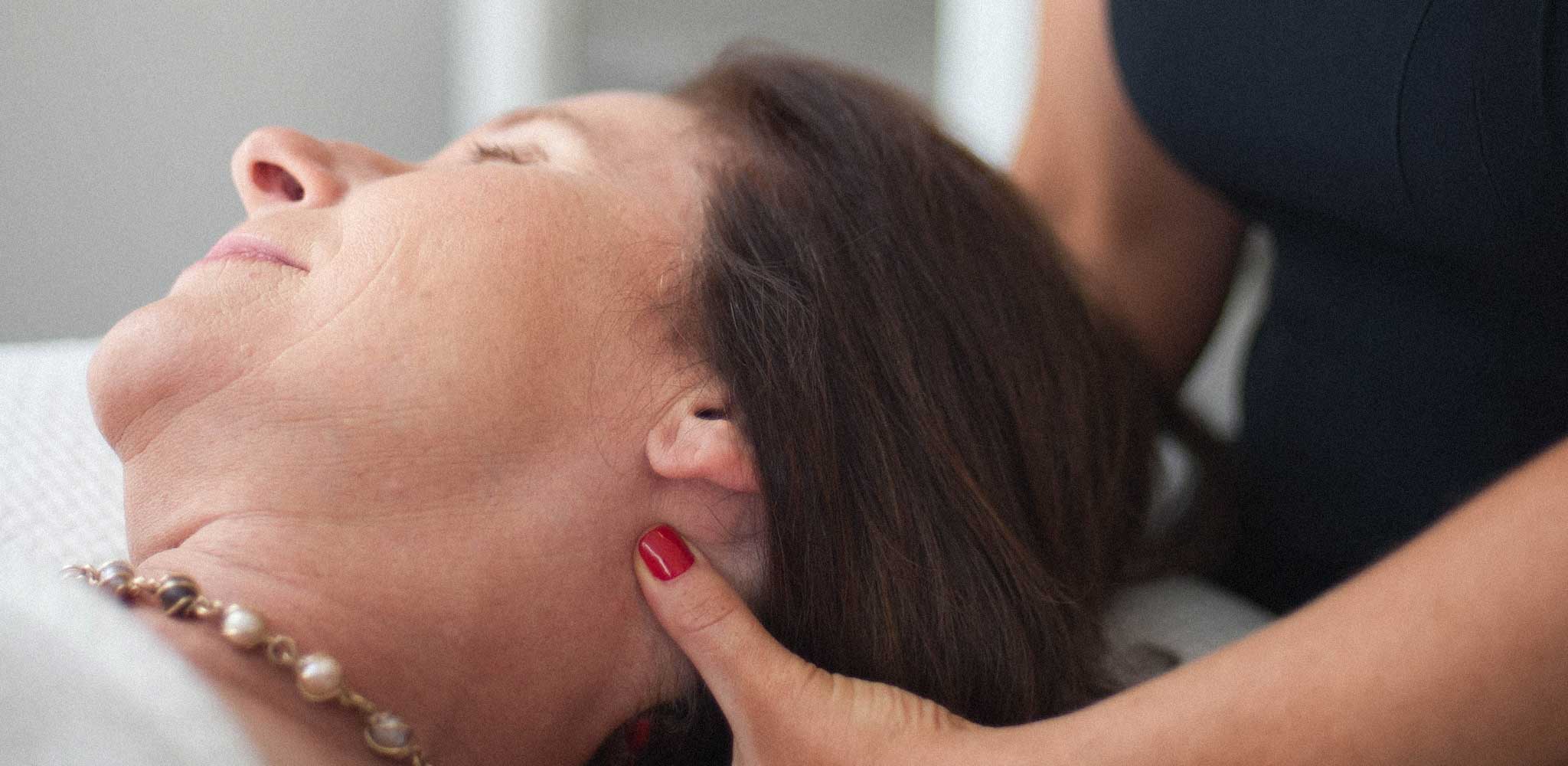nalco group
bone, muscle & joint pain physio
BOOK NOW / WHATSAPP ABOUT YOUR PAIN OR INJURY
- NOVENA 10 Sinaran Drive, Novena Medical Center #10-09, Singapore 307506
- TAMPINES 9 Tampines Grande #01-20 Singapore 528735
- SERANGOON 265 Serangoon Central Drive #04-269 Singapore 550265
Home > Neck Physiotherapy > Blog > Neck-related Headaches Physiotherapy
Neck-related Headaches Physiotherapy

- Have you ever had a headache that seems to stem/originate from your neck?
- Maybe when you had a stiff neck...coincidentally, you get a headache?
The medical and physiotherapy community terms this "cervicogenic headaches", pain that originates from cervico meaning "of/from the neck"
the usual complaints from patients who suffer from cervicogenic headaches
Most patients who suffer from cervicogenic headaches report experiencing a sort-of vague and deep but dull ache-pain that begins from the base of the skull that may go as far as to the top of the head, sometimes ending up on:
- behind the eyeball(s)
- discomfort/pain in the jaw/joint of the jaw
- one side of the head
Sometimes, this cervicogenic pain can be in both sides of the head (full head) if they had neck pain and neck stiffness on both sides of the neck. Another tell-tale symptom that confirms this diagnosis is then pressure is applied by hand over the neck/cervical area under the skull.
For some patients, if this pressure at the cervical area is applied for a long enough time, they may feel some pain and/or symptom relief from the headache.

What are some of the activities that aggravate this condition?
Usually, the activities that causes the neck to be overly used or strained over a period of time will cause and/or aggravate cervicogenic headaches, such as:
- reading
- using computer/laptop
- using smart devices such as handphone/kindle
- looking up too long
- watching movies/TV too long
- head/neck in one posture for too long eg side of theatre/hall/etc
- the issue isn't in the activities themselves BUT the issue is the:
- posture/position of neck that isn't good, usually due to "forward head posture"
- insufficient rest and micro-breaks to stretch the joints, ligaments and muscles of the neck
hmm...Why do these activities aggravate cervicogenic headaches?

Sometimes, we get too engrossed in an activity (or sometimes we're annoyed) so we may adopt the
- forward head/neck posture (see picture on right) without realizing it, and this posture isn't good at all for our necks: It basically stress loads our upper spine (C1 and C2 - the first 2 vertebraes of our spine).
- side turning/tiling compresses the C1 and C2 on the same side
Do this repeatedly and over a period of time...and the muscles, joints, cartilage will begin to wear out, gradually resulting in pain, stiffness at the upper neck.
is there a connection between the C1-2 levels and headaches?
At every vertebrae of our spine, there are nerve roots that "exit" the vertabrae which is then connected to other part of our limbs/bodies for function, movement and sensation.
The nerves that exit C1 and C2 (and sometimes C2), these supply movement and sensation to
- the back of our skull
- top of the head
- jaw area (for some individuals)
The nerves that exit on the right side supplies the right side, and left side only for the left.
This means that when these joints are affected, stiff, malaligned or injured, it may affect the nerves which exit from those vertebraes, irritating them...and in turn, these nerves being irritated will cause other repercussions eg headaches.
What will our senior physiotherapists do?

First of all, we will assign a senior physiotherapist to you, and better still, a senior physiotherapist who is:
- either senior spine physiotherapist or
- senior physiotherapist with has experience and/or interest in spine
Most of the time, physiotherapy starts off with indepth assessment to understand the core problem that caused and aggravates your headache, and determine if it's truly cervicogenic (neck-related), and once we confirm that:
#1 we will need to improve the improve the movement (mobility) and alignment of the C1 and C2 joints (upper neck joints) to decrease and remove the compressive forces.
This will reduce nerve irritation and the symptoms.
However, if your cervical facet joints are slightly rotated (which can happen/contributed due to tight muscles of the neck), then the affected joints already have compression which will decrease function and range. If this is the case, then our senior physio will work on the soft tissues using techniques such as:
- deep tissue release
- muscle energy technique (MET)
- dry needling
- deep stretch
- myofascial release
- etc
- to decrease the muscle tightness, and this is to realign and reposition the neck joints.
Only when the cervical joints are in neutral position can we then accurately assess how stiff or mobile the neck joints truly are, and from there, then we will treat with mobilization (such as the ones mentioned above) and where suitable, manipulation techniques.
Only once mobility and movement in the neck is restored, one's cervicogenic headaches will be resolved for long term. Patient will need to adopt good ergonomics practice too to keep these kinds of headaches from coming back.
